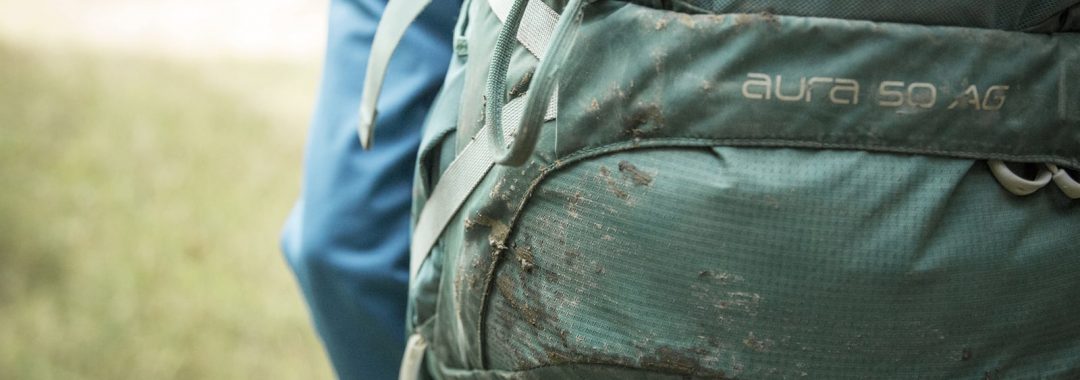If you’ve ever been in charge of an equipment fleet, chances are you are aware of the damage that mould can do. With the amount of moisture, we’ve been receiving lately, the humidity levels have been through the roof as soon as the sun shines, providing the perfect climate for mould to thrive.
Textile products are particularly susceptible, and we have heard plenty of stories of entire gear shed’s being lost to this dreaded foe.


Storage
Where, and how, you store you gear is a huge factor.
– Avoid spreading mould spores. The best thing you can do is ensure that no items are ever stored put away mouldy. Clean the items (details below) or at the very least, store the items separately until they can be cleaned.
– Gear sheds need to be well ventilated, and if possible, cool. Air flow is important! Consider installing a low voltage fan often used in building cavities. Pedestal vans work in a pinch, but aren’t a long-term solution.
– In humid environments, invest in a humidifier. This will help when it’s really damp and keeping equipment dry is impossible. Consider sealing concrete floors, as they can hold moisture.
– Your equipment needs space! The more items are spaced apart, the less chance of mould spreading and the greater air flow will be. While we don’t all have the luxury of huge sheds, consider utilising any unused dorms/meeting areas if the equipment is still wet and needing to be stored.
– Never store equipment on unsealed concrete. After a long week of programs, it can be tempting to pile backpacks on the shed floor. However, moisture (and chemicals) from the concrete will only lead to heartache. Consider recycling pallets to elevate gear & boxes. PPE needs to be hung up.
General Cleaning
Regular cleaning is an investment in the longevity of your gear and is the best prevention for Mould. Thanks to Covid-19, many of us are pro’s at cleaning & disinfecting equipment
However, equipment doesn’t require repeated disinfection to prevent mold growth. Basic cleaning with water & mild detergents (Note: Do not use detergent on Canvas items) will prevent build-up of ‘food’ for mold (sweat, sebum, sunscreen..and well..food). Henry from Wilderness Equipment has put together a great summary on cleaning non-PPE equipment HERE.
For PPE, follow your usual practices and if you’d like a refresher, we have compiled a list of recommendations from various manufacturers HERE.
Cleaning Existing Mouldy Items
No matter how hard we try, mould can still, and often does, find it’s way into the gearshed. If you catch the issue early, the following tips will help you rid your precious equipment of mould.
– Mould is a living organism, and can be killed off by sunlight, antiseptic and vinegar.
– For non PPE items such as backpacks, soak the items in a water/vinegar mixture (10:1) (follow whatever instructions are on the bottle) and gently scrub the pack with a soft brush. Vinegar helps inhibit mould from returning. Alternatively, spraying the pack with a vinegar solution is also an option.
– For PPE, following the Covid – 19 recommendations set by manufacturers will ensure you are thoroughly cleaning your items from mould, while staying within a manufactures set guidelines.
– Mould hates sunlight! Dry your items in the sun. For Non-PPE items, leaving your items in direct sun to dry will help finish off any remaining mould spores. Remove items from direct sunlight once they are dry to avoid any colour fading.
PLEASE NOTE:
When mould infests a structure, or if the issue is widespread, call in the experts. The accepted rule is, if a Mould spore is bigger than your hand, seek professional help.
Remember, when dealing with Mould, always use PPE, such as a P2 mask or respirator, eye protection and gloves. Never mix cleaning chemicals as some mixtures can be extremely dangerous (such as vinegar and bleach).
